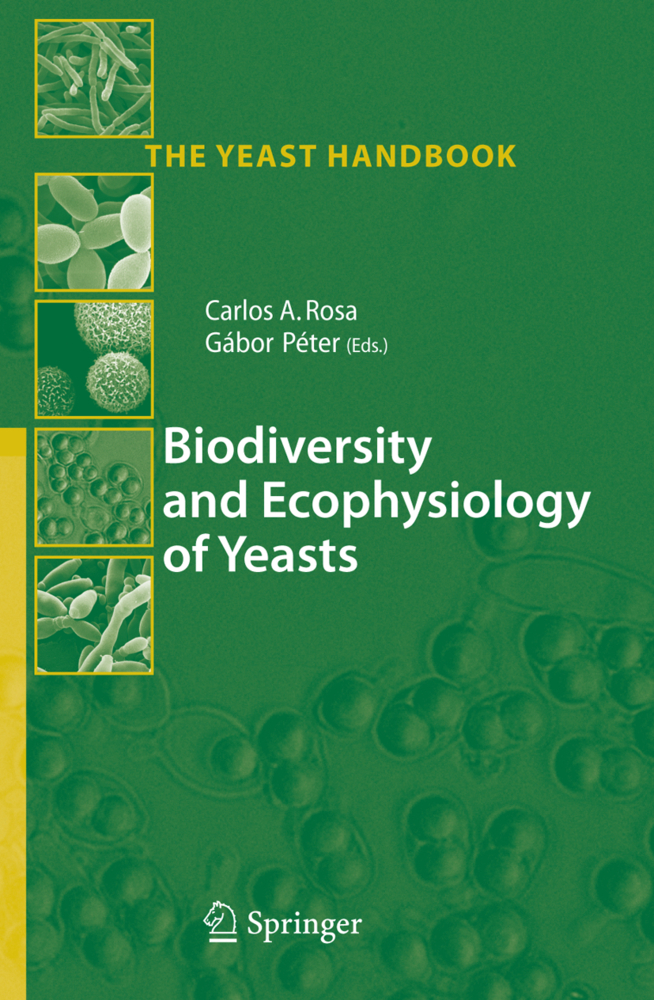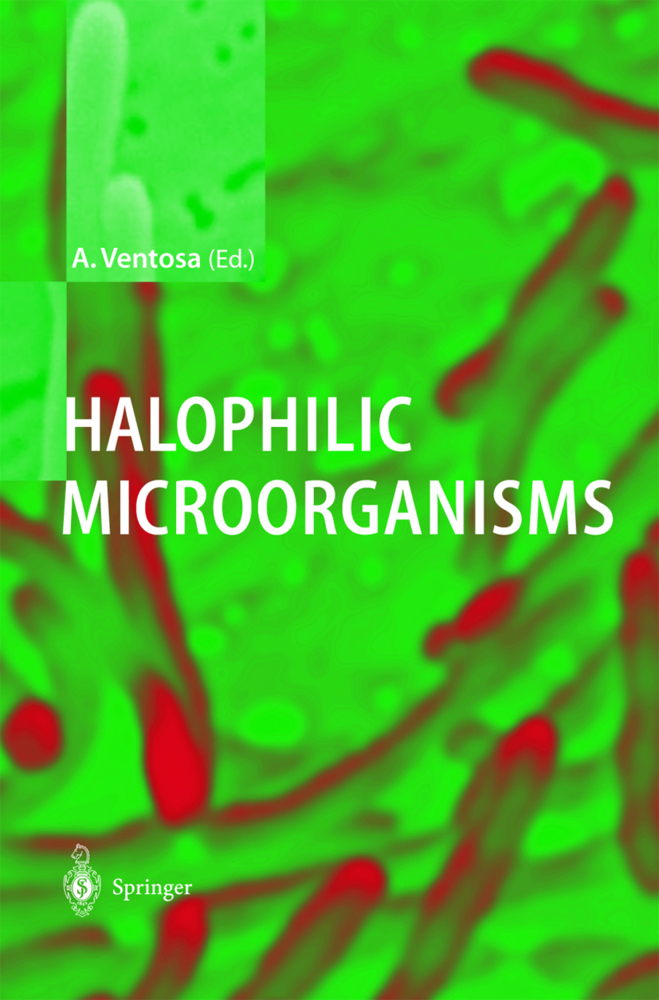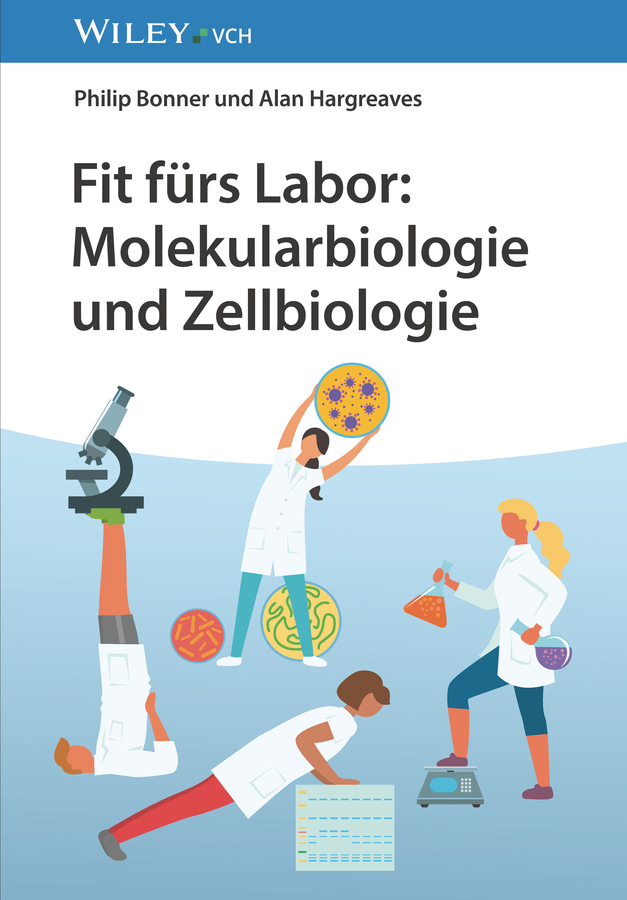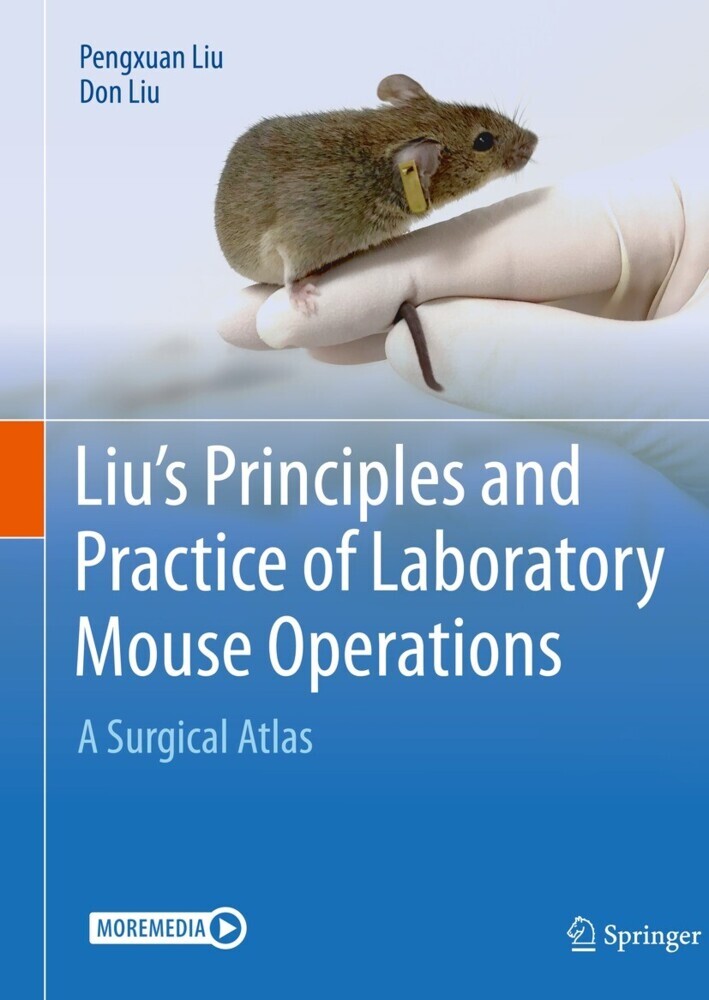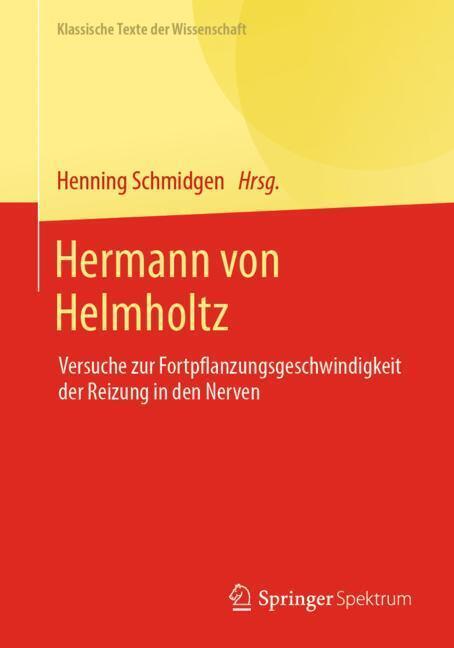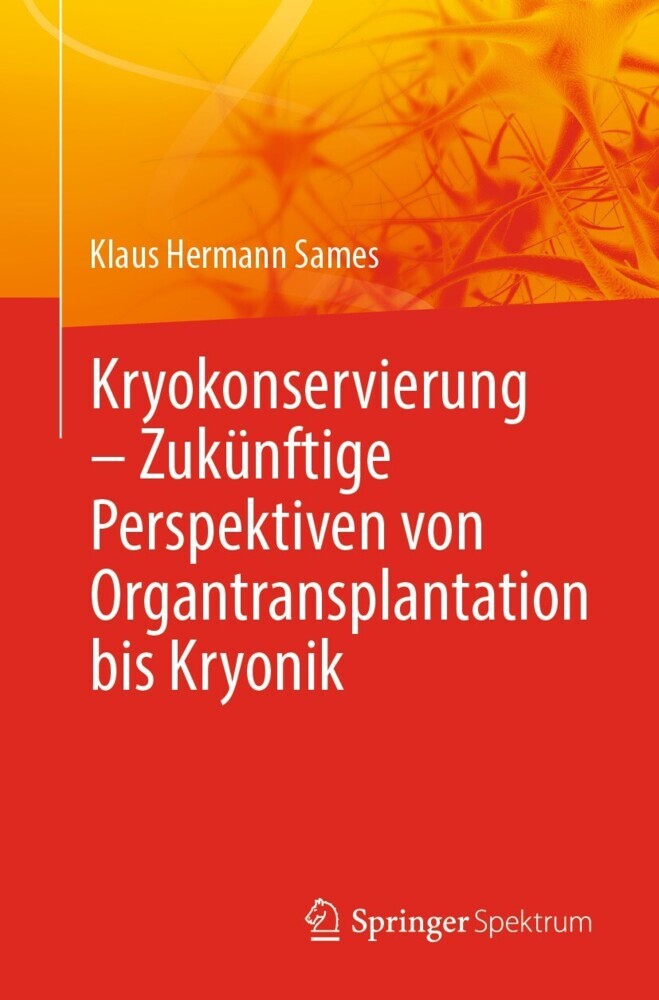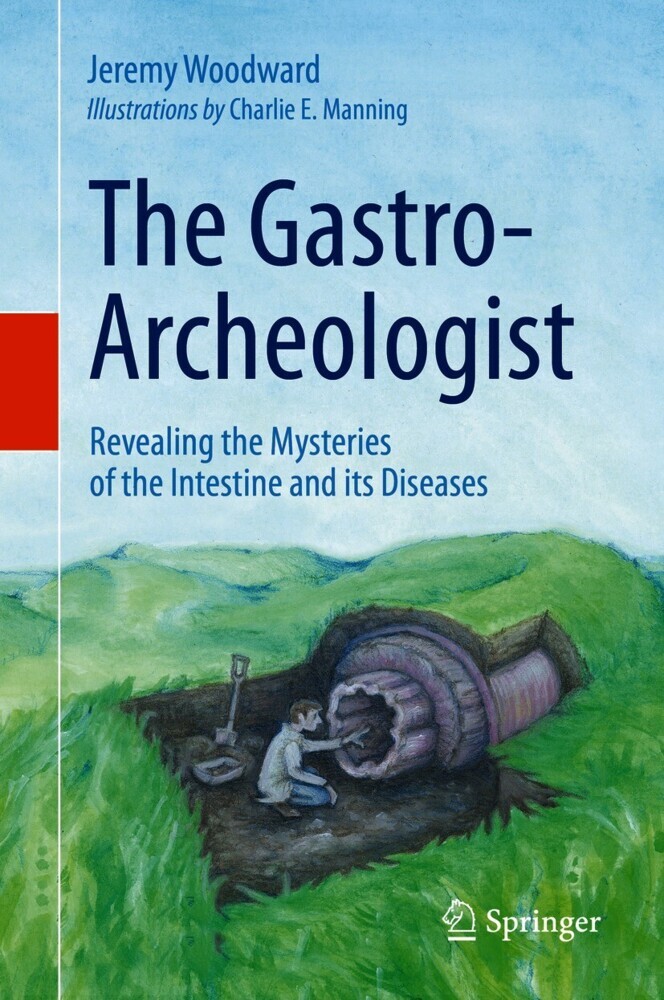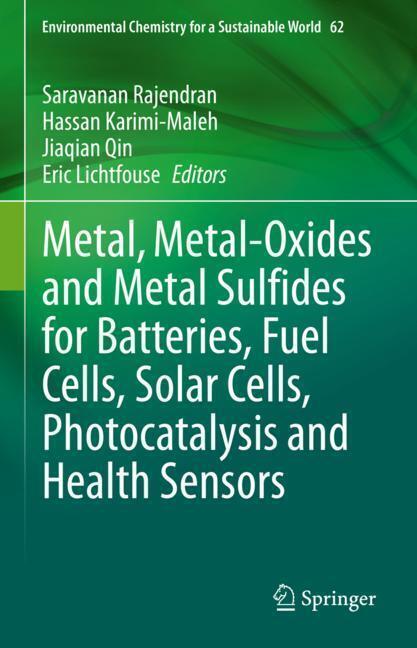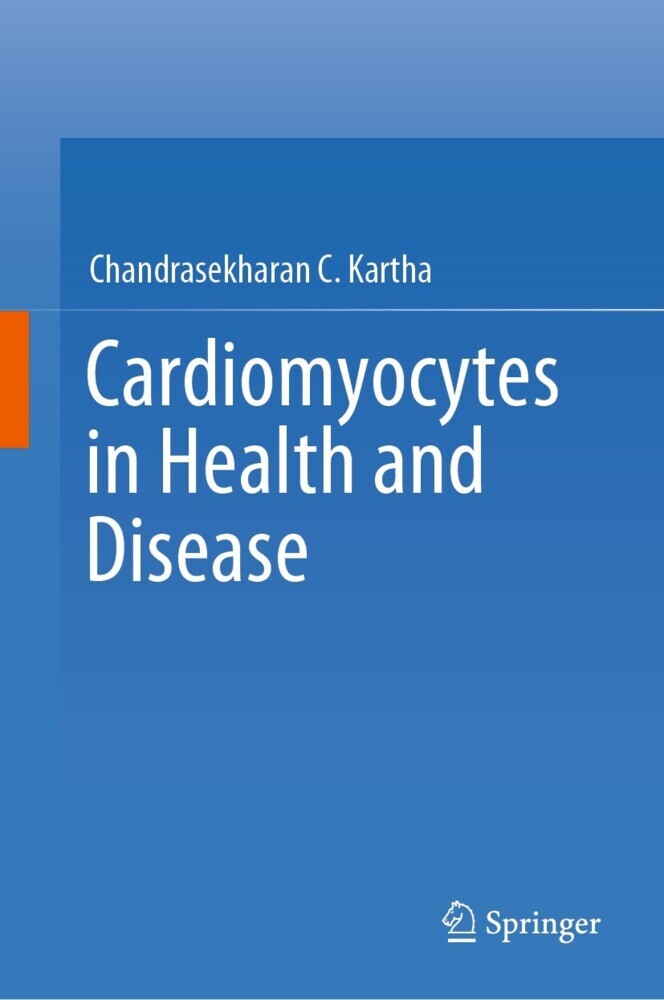Evolution and Adaptation of Terrestrial Arthropods
Evolution and Adaptation of Terrestrial Arthropods
Thisisnotintendedtobeacomprehensivetextbookofentomology andarachnology,butratheraconcisesynthesisofcertainbasic informationrequiredfor BSc(Hons)andMSc(Entomology) examinations. Theapproachisprimarilyfunctional:forinstance, theskeletalandwaterproofingpropertiesofthearthropodcuticle arediscussed,butnotitsbiochemistry;andIhaveincludedonly thosepointswithwhichIbelievealladvancedstudentsofthesub· jectoughttobefamiliar. Someaspectsaretodayregardedas outdated;othersdonotappearinanycurrenttexts,butIhave includedthembecauseIconsiderthemtobeimportant. Innoway, therefore,shouldthisberegardedasabookofreference. Tobe frank,itconsistsofamassofoversimplificationsandunqualified generalizationswhichareintendedtoclarifythecomplexprinciples underlyingthem. OncetheseprincipleshavebeenthorougWy grasped,thereaderwillhaveacquiredasufficientlybroadapproach tobeabletogetthebestvaluefrommoreadvancedtreatises. MythanksareduetoDrs. JohnDalingwater,AndrewMilner, andespeciallyPaulHillyardfortheiradviceonpalaeontological matters;toProfessorsEinarBursellforpermissiontouseFig. 8, takenfromhis An Introduction to Insect Physiology(Academic Press),NeilF. HadleyandtheEditorsof American Scientistto reproduceFigs. 52,53,andtoF. SchallerforFig. 42fromachap terhewroteinGupta(ed. ) Arthropod Phylogeny(VanNostrand Reinhold). Finally,IwouldliketoexpressmygratitudetoRoy Abrahamsforredrawingthefiguresshowinginsectwingvenations andtoEileenBerghfortypingthemanuscript. Thebookwas completedduringtenureofaLeverhulmeEmeritusFellowship whichIampleasedtoacknowledge,whileProfessorN. A. Mitchison FRSkindlyprovidedmewithaccommodationinUniversityCol· lege,London. J. L. CWUDSLEY-THOMPSON Contents 1 PalaeontologyandPhylogeny. . . . . . . . . . . . . . . . . . 1 1. 1 TheEarliestArthropodanFossils. . . . . . . . . . . . . . . . 1 1. 2 TheFirstTerrestrialArthropods. . . . . . . . . . . . . . . . . 2 1. 3 EvolutionintheArthropods. . . . . . . . . . . . . . . . . . . 4 1. 3. 1 EmbryologicalConsiderations. . . . . . . . . . . . . . . . . . 4 1. 3. 2 ComparativeMorphology. . . . . . . . . . . . . . . . . . . . . 5 1. 3. 3 MonophyleticorPolyphyleticOrigins. . . . . . . . . . . . . 6 FurtherReading. . . . . . . . . . . . . . . . . . . . . . . . . . . . . . . . 9 2 ImplicationsofLiveonLand. . . . . . . . . . . . . . . 10 2. 1 TheSignificanceofSize 10 2. 1. 1 Size,SkeletonsandAllometry 11 2. 1. 2 AllometricGrowth 12 2. 2 WaterRelations 12 2. 3 TheConquestoftheLand 14 2. 4 . TheIntegument 14 2. 4. 1 TheEndocuticle 15 2. 4. 2 TheExocuticle 15 2. 4. 3 TheEpicuticle 16 2. 5 GrowthandEcdysis 18 2. 6 Respiration:Lung-BooksandTracheae 19 2. 7 NutritionandExcretion 21 2. 7. 1 Nutrition 21 2. 7. 2 Excretion 22 2. 8 EcologicalConsiderationsofSize 23 FurtherReading 25 3 TheConquestoftheLandbyCrustacea. . . . . . . . . . . . 26 3. 1 TypesofAdaptation. . . . 26 3. 2 TransitionfromWatertoLandinAmphipoda 26 3. 3 TransitionfromWatertoLandinDecapoda 28 3. 4 TransitionfromWatertoLandinIsopoda 30 3. 4. 1 Morphology 30 3. 4. 2Physiology. . . . . . . . . . . . . . . . . . . . . . . . . . . 31 3. 4. 3 Behaviour 34 VIII Contents 3. 5 Conclusion 35 FurtherReading. . . . . . . . . . . . . . . . . . . . . . . . 36 4 InsectPhylogenyandtheOriginofFlight. . . . 37 4. 1 AncestryofInsects 37 4. 2 TheOriginofWings 38 4. 2. 1 Apte10taandtheAncestryofSpiders 39 4. 3 Paranota1Theory 40 4. 4 TrachealGillTheory . 42 4. 5 SelectionforFlight 43 4. 6 PhylogenyoftheLowerInsectOrders . 44 4. 6. 1 FossilEvidence .
1.2 The First Terrestrial Arthropods
1.3 Evolution in the Arthropods
Further Reading
2 Implications of Live on Land
2.1 The Significance of Size
2.2 Water Relations
2.3 The Conquest of the Land
2.4 The Integument
2.5 Growth and Ecdysis
2.6 Respiration: Lung-Books and Tracheae
2.7 Nutrition and Excretion
2.8 Ecological Considerations of Size
Further Reading
3 The Conquest of the Land by Crustacea
3.1 Types of Adaptation
3.2 Transition from Water to Land in Amphipoda
3.3 Transition from Water to Land in Decapoda
3.4 Transition from Water to Land in Isopoda
3.5 Conclusion
Further Reading
4 Insect Phytogeny and the Origin of Flight
4.1 Ancestry of Insects
4.2 The Origin of Wings
4.3 Paranoial Theory
4.4 Tracheal Gill Theory
4.5 Selection for Flight
4.6 Phytogeny of the Lower Insect Orders
4.7 Wing Venation
4.8 The 'Panorpoid Complex'
4.9 Insect Flight
Further Reading
5 Evolutionary Trends in Reproduction
5.1 Spermatophores and Their Phylogenetic Significance
5.2 Functions of Aggregation and Courtship
5.3 Indirect Spermatophore Transfer via the Substrate
5.4 Indirect Sperm Transfer
5.5 Direct Copulation with Free Sperm
5.6 Haemocoelic Insemination
5.7 Conclusion
Further Reading
6 Adaptations to Extreme Environments
6.1 Desert Adaptations
6.2 Forest Adaptations
6.3 Arctic and Alpine Adaptations
6.4 Littoral and Aquatic Adaptations
6.5 Cavernicolous Adaptations
6.6 Suspended Animation
Further Reading
7 Dispersal and Migration
7.1 Migration in Relation to Habitat
7.2 Migration in Relation to Population Dynamics
7.3 Migration Without Flight
7.4 Meteorological Aspects of Air-Born Insect Migration
7.5Orientation During Migration
7.6 Migration and Diapause
Further Reading
8 Defensive Mechanisms
8.1 Concealment from Vertebrate Predators
8.2 Advertisement with Respect to Vertebrate Predators
8.3 Chemical Defences
8.4 Defences Against Small Invertebrate Enemies
8.5 Avoidance of Parasites
Further Reading
9 The Success of Terrestrial Arthropods
9.1 Criteria of Success
9.2 Reasons for Success
9.3 Adaptability
9.4 Conclusion
Further Reading.
1 Palaeontology and Phytogeny
1.1 The Earliest Arthropodan Fossils1.2 The First Terrestrial Arthropods
1.3 Evolution in the Arthropods
Further Reading
2 Implications of Live on Land
2.1 The Significance of Size
2.2 Water Relations
2.3 The Conquest of the Land
2.4 The Integument
2.5 Growth and Ecdysis
2.6 Respiration: Lung-Books and Tracheae
2.7 Nutrition and Excretion
2.8 Ecological Considerations of Size
Further Reading
3 The Conquest of the Land by Crustacea
3.1 Types of Adaptation
3.2 Transition from Water to Land in Amphipoda
3.3 Transition from Water to Land in Decapoda
3.4 Transition from Water to Land in Isopoda
3.5 Conclusion
Further Reading
4 Insect Phytogeny and the Origin of Flight
4.1 Ancestry of Insects
4.2 The Origin of Wings
4.3 Paranoial Theory
4.4 Tracheal Gill Theory
4.5 Selection for Flight
4.6 Phytogeny of the Lower Insect Orders
4.7 Wing Venation
4.8 The 'Panorpoid Complex'
4.9 Insect Flight
Further Reading
5 Evolutionary Trends in Reproduction
5.1 Spermatophores and Their Phylogenetic Significance
5.2 Functions of Aggregation and Courtship
5.3 Indirect Spermatophore Transfer via the Substrate
5.4 Indirect Sperm Transfer
5.5 Direct Copulation with Free Sperm
5.6 Haemocoelic Insemination
5.7 Conclusion
Further Reading
6 Adaptations to Extreme Environments
6.1 Desert Adaptations
6.2 Forest Adaptations
6.3 Arctic and Alpine Adaptations
6.4 Littoral and Aquatic Adaptations
6.5 Cavernicolous Adaptations
6.6 Suspended Animation
Further Reading
7 Dispersal and Migration
7.1 Migration in Relation to Habitat
7.2 Migration in Relation to Population Dynamics
7.3 Migration Without Flight
7.4 Meteorological Aspects of Air-Born Insect Migration
7.5Orientation During Migration
7.6 Migration and Diapause
Further Reading
8 Defensive Mechanisms
8.1 Concealment from Vertebrate Predators
8.2 Advertisement with Respect to Vertebrate Predators
8.3 Chemical Defences
8.4 Defences Against Small Invertebrate Enemies
8.5 Avoidance of Parasites
Further Reading
9 The Success of Terrestrial Arthropods
9.1 Criteria of Success
9.2 Reasons for Success
9.3 Adaptability
9.4 Conclusion
Further Reading.
Cloudsley-Thompson, John L.
| ISBN | 978-3-540-18188-0 |
|---|---|
| Artikelnummer | 9783540181880 |
| Medientyp | Buch |
| Copyrightjahr | 1988 |
| Verlag | Springer, Berlin |
| Umfang | X, 141 Seiten |
| Abbildungen | X, 141 p. 33 illus. |
| Sprache | Englisch |


